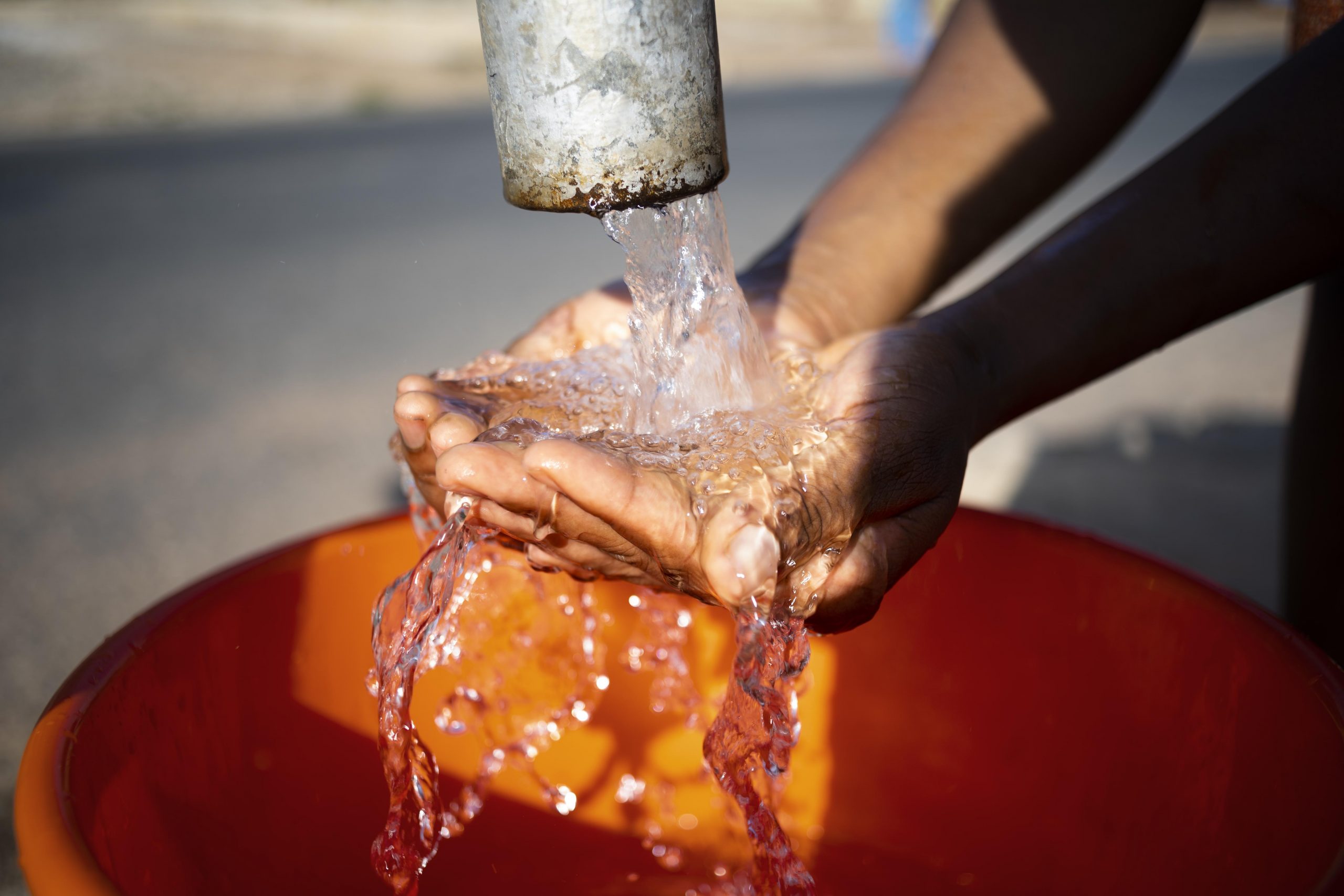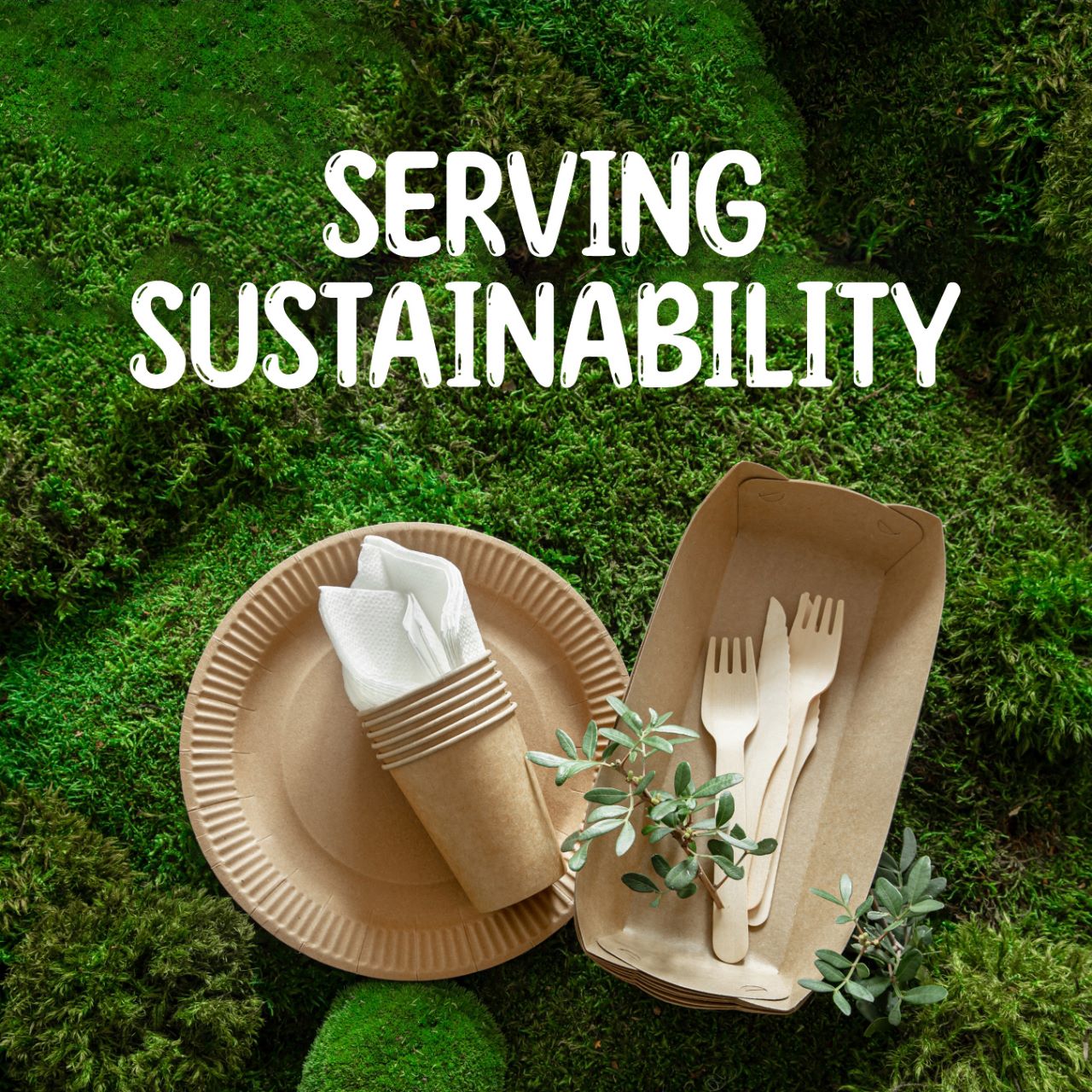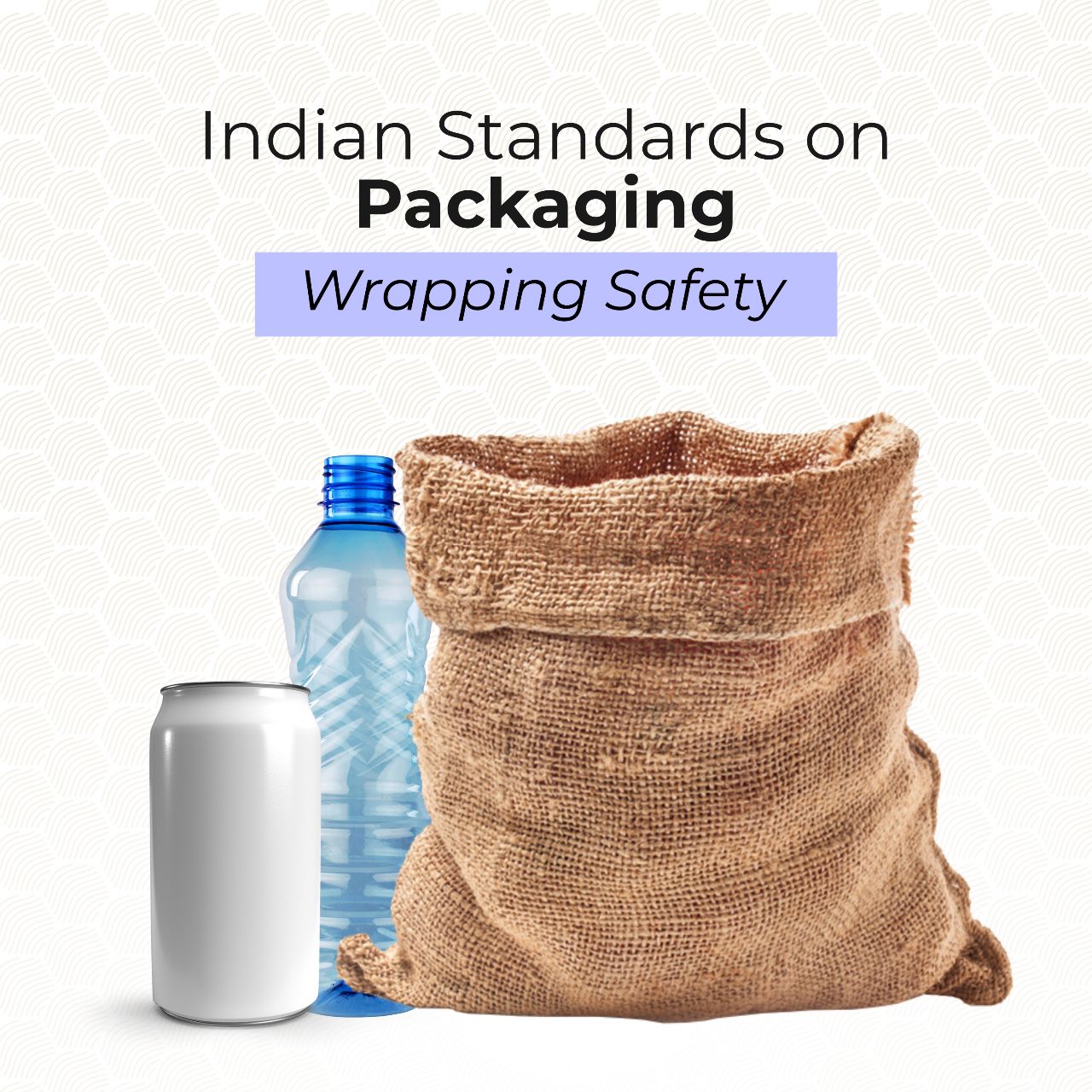1. Introduction
Drinking water utilities are reliant on their assets to deliver their services to users. The assets of the drinking water supply system such as waterworks, building structure, mechanical installations, treatment facilities/processes (filters, sedimentation), piped installation, electrical/electronic installation/equipment, storage tanks etc., collectively form the physical infrastructure of drinking water supply system and are the consequence of the accumulated capital investments and operational expenditures on maintenance...
Read More
A ventilator is a breathing machine which is also be known as respirator, may be used to help people have conditions or illnesses that make breathing on their own very difficult. Ventilator is attached to a tube that goes through one’s mouth and into his/ her’s windpipe. When one is on the ventilator, he/she can’t speak or swallow. A ventilator is used for life support in emergency situations. It can be used for a short time, like during surgery or after a sudden illness or injury. During short-term ventilator use, a person in an...
Read More
1. Introduction
The term ‘Food Serving Utensils’ refers to a collection of containers and tools used for serving cooked food to others. These utensils include containers for holding the cooked food, hand tools for handling and distributing food, and other accessories for consumers to handle and consume food. Single-use plastic cutlery is widely used as disposable utensils, leading to plastic pollution and environmental degradation. Therefore, there is a growing importance placed on using biodegradable materials in the...
Read More
The benefits of yoga have gained greater awareness today. More people are practicing yoga as a way to achieve physical, mental, and emotional wellbeing. The health benefits of yoga are abundant. Yoga is essentially a spiritual discipline that focuses on bringing harmony between body and mind. Regular practice of yoga contributes to positive changes in the perspective towards life, self-awareness, and improved energy levels to live life to the fullest.
Yogic practices are found in the Vedas. The symbolic depictions found in ancient remains...
Read More
Access to Safe and good-quality foods are essential for maintaining good health. Safe food, as defined by FAO/WHO, means complete freedom of food from risk is an unattainable goal. A safe and wholesome food is related to a level of risk that society regards as reasonable in the context, and in comparison with other risks in everyday life. Food safety is a means to assure that food stays safe at every stage of the food chain – from production to harvest, processing, storage, distribution, all the way to preparation and...
Read More
To provide the advantages of Standardisation to stakeholders (including consumers), the Bureau of Indian Standards (erstwhile Indian Standards Institution) started operating the Product Certification Scheme. The scheme was formally launched in 1955 and is popularly known as the ‘ISI Mark Scheme’. Through the legislation enacted by the Parliament of India, i.e. the BIS Act, 2016. BIS has been authorised to undertake Conformity Assessment of Goods, Articles, Services, Systems and Processes as per the schemes notified through...
Read More
A digital signature is an electronic representation of a signature that is utilized to verify the authenticity of digital documents and the identity of the person signing them. It is widely recognized and preferred due to its enhanced security compared to traditional pen-and-paper signatures. Digital signatures employ complex mathematical algorithms, making them difficult to forge. They offer encryption capabilities and can be easily integrated into various business processes. In the modern era, digital signatures find numerous applications...
Read More
The Committee on Consumer Policy of ISO will begin its annual Plenary session on 23rd May 2023 till 26th May 2023. This year, India is hosting the mega event, following its first host back in 2009. The Bureau of Indian Standards feels privileged to welcome the ISO COPOLCO in the country. The Plenary will witness various discussions and deliberations, informal meetings and networking, workshops, informative presentations emphasising consumer engagement in Standards and other key relevant topics. The prestigious four-day event will witness...
Read More
BIS (Bureau of Indian Standards) is the National Standard Body of India established under the BIS Act 2016 for the harmonious development of the activities of standardization, marking and quality certification of goods and for matters connected therewith or incidental thereto. BIS has been providing traceability and tangibility benefits to the national economy in a number of ways – providing safe, reliable quality goods; minimizing health hazards to consumers; promoting export and import substitutes; control over the proliferation of...
Read More
Parents of young children are generally concerned about the safety of toys, as unsafe toys pose various risks to children. These risks include the danger of choking on small toys or toy parts, physical injury from toys with sharp edges or points and potential health issues caused by toxic elements in toy materials such as plastics, paints, and fabrics. To address these risks, BIS has published several Indian Standards on the safety of toys (prescribing requirements for physical, chemical and electrical safety of toys). These Indian...
Read More
What is the first thing consumers come across at the time of purchasing/buying a product/good?
Packaging!
Sometimes, it can also influence their decision!
Safe and high-quality packaging can have a positive impact on consumers by offering protection, health & safety, convenience, environmental benefits. Therefore, investing in safe and high-quality packaging is a must for any business that wants to ensure safety of its customers, protect its products, build its brand.
The Bureau of Indian Standards is committed to safeguard the...
Read More
Transportation of dangerous goods is a critical activity that requires strict adherence to safety standards to prevent accidents & protect public health and the environment. It is critical to manage such materials with the utmost care and caution.
1. Dangerous goods are substances and articles that have explosive, flammable, toxic, infectious or corrosive properties and pose a risk to public safety, property and the environment. The transportation of these goods may be by land, sea, waterways, rail or even by air and involves the...
Read More













